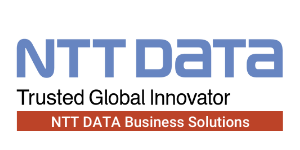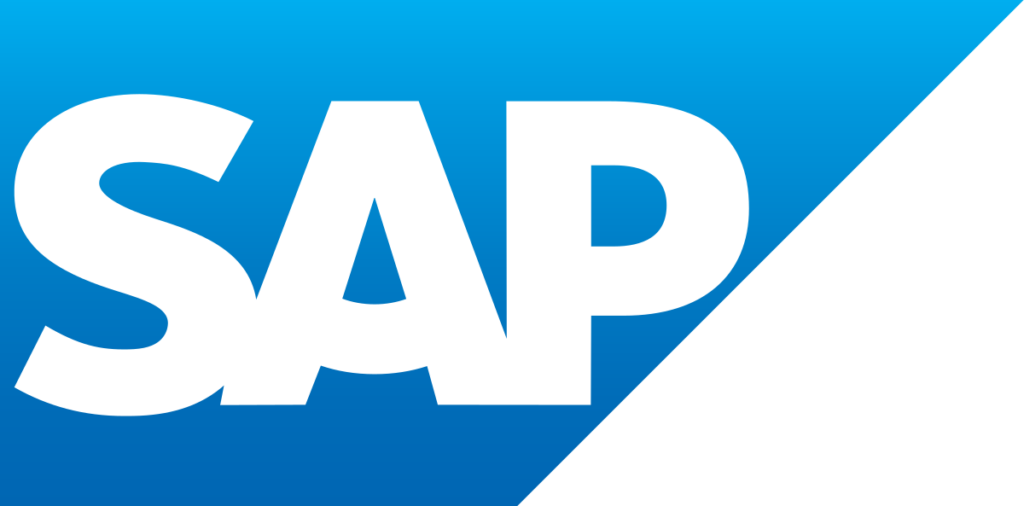Innovation’s Intermediaries

Distributors are perfectly placed to deliver human-centered strategies for improving the customers’ business as well as their own; here’s how.
In a thoughtful and wide-ranging conversation, Keith Hubbard, President of PACE Supply and member of the NAW Institute for Distribution Excellence Board of Directors, leaned in to support our new Facing the Forces of Change® initiative. We are exploring how distributors can act as innovation intermediaries, bringing knowledge and resources to help customers innovate their business, then working back to redesign distributor capabilities, services, and business models. We discussed how the science of anthropology might help distributors act on customer cultures and behaviors to design human-centric innovations in the digital age. Today, anthropology is an abstract concept for most distributors. With work, anthropology might power the future of distribution...

Developing digital-age prospects
Distribution has a problem. Epic times create massive opportunities, but distributors do not know how to grab the golden ring. Leaders are mostly cautious, reserving cash and managing investments to follow business cycles, preferring not to get ahead. Planning processes are designed for watching and waiting; for picking battles, not waging wars. Acting on a bold strategic vision is uncomfortable or, more frankly, avoided. Hubbard knows this and sees distribution’s digital-age prospects, for good and for bad, clearly:
We have so much work to do, which is different from the work we have done before. We cannot throw bodies at our challenges. We must think differently and stretch our minds. What lies ahead is not predictable or proven, but we must nonetheless align our investments and activities with work that may not be profitable at first. We may be at the start of something great, but our norms must evolve. Greatness will not come to us from the outside in; we need an inside-out job. We need a spark to get going.
PACE Supply competes in the construction industry, a fragmented sector with a reputation for inefficiency, unchanging business practices, and litigiousness. But even in construction, change happens. Hubbard describes how customer innovations may be perceived as a threat:
A contractor we service is starting up a modular construction process, building fully integrated framed walls to be erected on-site, with plumbing and electrical runs already installed. Our people are intimidated and threatened by the forward-thinking mindset and business shift. We see the downside in the customer’s progress. Our reaction made me realize we rely on inefficient procurement processes to earn premium margins on last-minute, unplanned orders. We need to learn to see opportunities. We must lean in to change.
Anthropology can help. As explained in my newsletter edition, Widening our lens, anthropology is a discipline that studies humans as humans in the spaces where we live, play, learn, and work. Anthropology is an exceptionally relevant tool for distribution because every distributor’s ultimate purpose is not to sell and deliver products but to create value by helping customers do their work better. Moreover, even in the digital age, distributors remain hyper-local businesses, working where customers work in the real world.
Hubbard described PACE Supply’s successful re-entry into the heating, ventilation, and air conditioning (HVAC) market. A decade ago, an early attempt failed. PACE’s redo did not succeed by leveraging anthropology’s principles, but looking back, Hubbard sees how they fit:
We succeed by mastering the principles of “kitchen table selling.” Independent contractors are skilled and talented tradespeople who are not passionate about modern business practices. We meet our small contractor customers where they work, listen to their stories, and then train their technicians to sell, qualify, present, quote, and close more deals. Larger contractors, those that are alliance partners, and the ones that private equity firms own are more professionally managed and have stronger process muscles. We interact with them differently, learn, and deliver differentiated solutions.
At its best, anthropology is a method for effectively translating what is observed about culture and customer behaviors into actionable ideas and plans for implementing them. More than that, anthropology is a tool that helps overcome groupthink or misinterpreting today’s happenings by judging them relative to past experiences. In today’s fast-changing markets, anthropology offers a wider lens for noticing what isn’t seen and thinking beyond what confronts us in the daily grind of business.
Anthropology isn’t designed for distributors. But faced with the epic challenges of winning in the digital age, distributors may become anthropology’s most disciplined, ambitious, heroic, and prodigious masters. Stay tuned. As our project proceeds, we will look for more lessons fired by distributor experiences and share them to develop a system-changing innovation process designed by and for distributors. Anthropology isn’t the future of distribution, but it may be an invaluable tool for making that future what distributors want it to be.
Foresight and footsteps
Many of you may recognize Facing the Forces of Change as NAW’s brand for a series of industry reports published every few years for several decades. It’s not that anymore. As an NAW Senior Research Fellow, I am working with the NAW Institute for Distribution Excellence Board of Directors, and Bart Tessel, Chief Innovation Officer at NAW, to transform Facing the Forces of Change as a real-time resource. We invite every distributor to join us, and a final insight from Keith Hubbard points the way:
We must step back and look at our business in a way that is not how we traditionally discuss change among our networking circles, peers, mentors, or fellow employees. We need to think about the greater impact we can make in the lives we touch and how we unlock more of the human systems that drive the best innovations and change. We must notice established precedents and how they do not allow new ways of thinking and possibilities for engineering new customer experiences. Strategic planning must evolve from its long-standing tactical focus on achieving immediate financial outcomes. We must make room for longer-term thinking, explore all forces of change, and master new sources and activities to better inform current and future decisions.
Hubbard’s words validate our consideration of anthropological methods and encourage us to look for more. My weekly newsletter, Mark Dancer on Innovating B2B, brings outside voices to distribution—ideas and strategies from world-class innovators and leaders with the potential to shape the future of distribution. Posts like this one on NAW’s Distributing Ideas Blog go further, sharing experiences and ideas of distribution’s leaders and innovators.
We need your help! Please share your comments below or reach out at [email protected] or [email protected].
The post Innovation’s Intermediaries appeared first on National Association of Wholesaler-Distributors.













